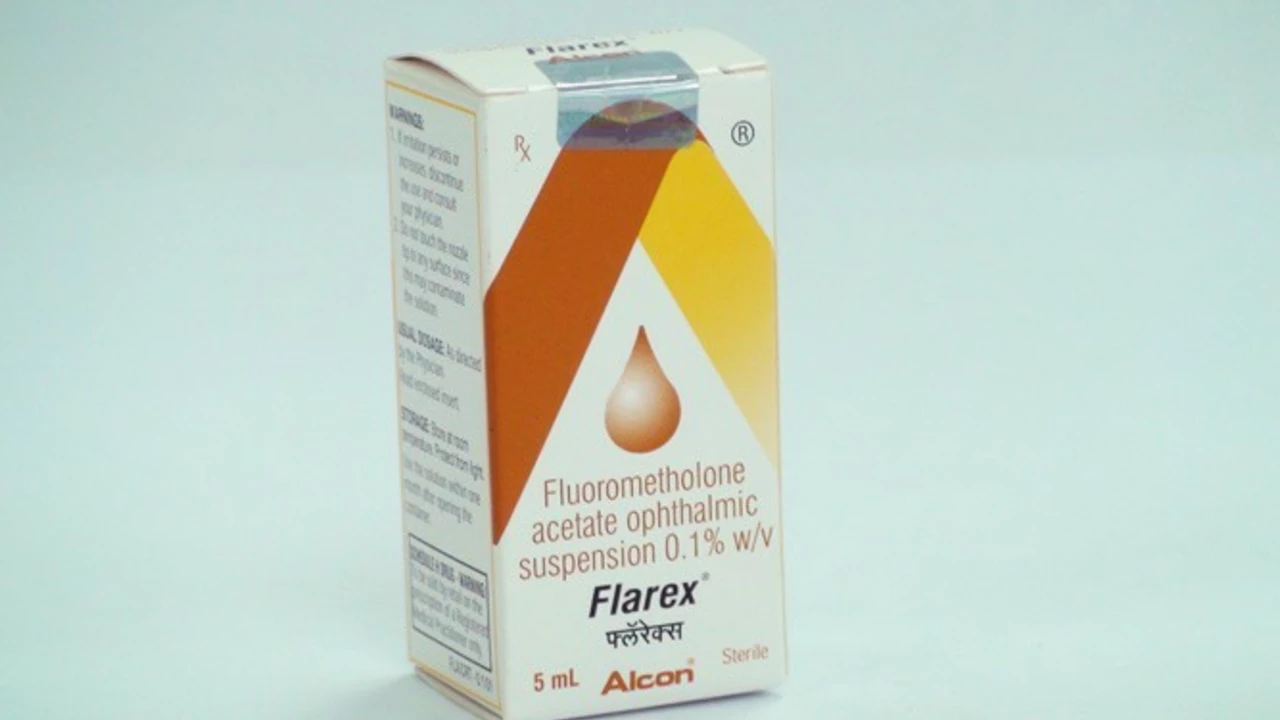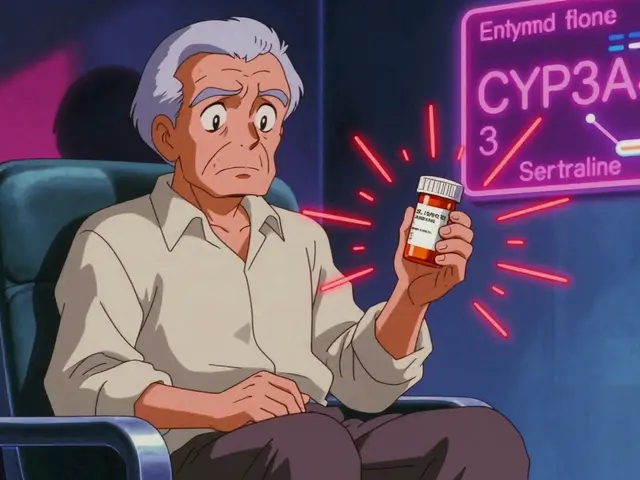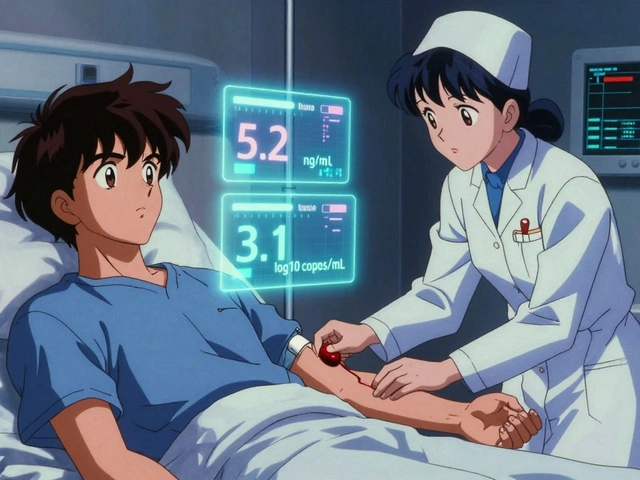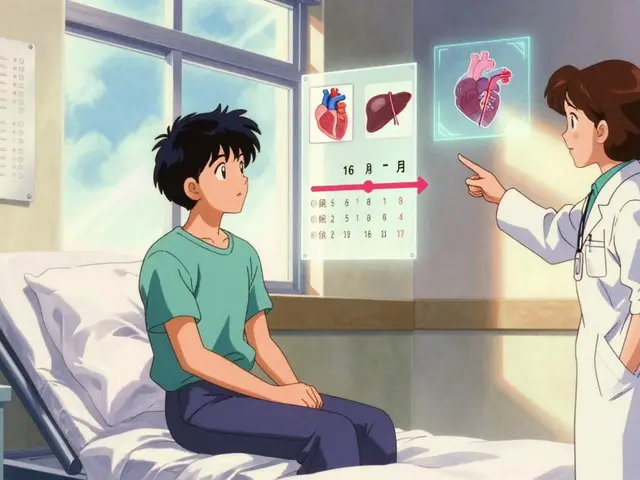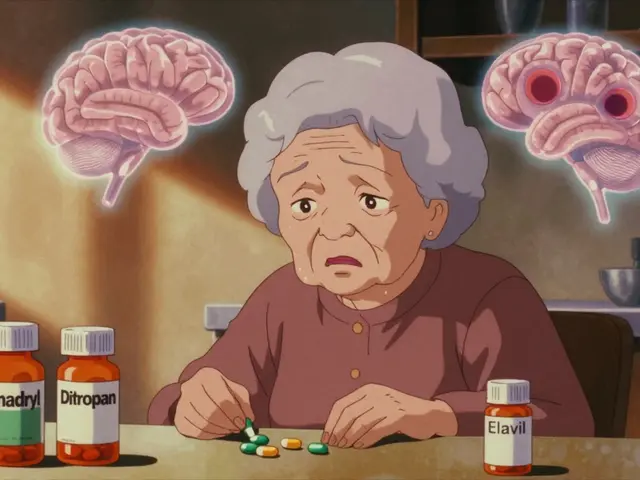Eye inflammation treatment: what works and what to try first
Red, sore, or watery eyes are annoying and can be scary. Eye inflammation can come from an infection, allergy, injury, or an underlying health problem. The good news: many causes have simple, effective treatments. This guide helps you spot the type of problem, try safe first steps, and know when you need a doctor's care.
Common causes and how they feel
Conjunctivitis (pink eye) often makes the white of the eye red with a sticky or watery discharge. Bacterial cases usually give thicker, yellow-green gunk. Viral conjunctivitis tends to be watery and often follows a cold. Allergic inflammation brings intense itch and both eyes are usually affected. More serious types—like uveitis or keratitis—cause deep pain, light sensitivity, blurry vision, or a persistent change in sight.
Start by asking: is there pain or blurry vision? If yes, get medical help quickly. Mild itch, redness, and clear tears can often be handled at home at first.
Practical first-aid steps you can do now
Wash your hands often and avoid touching your eyes. Use a clean, warm compress for crusty lids (10 minutes, two to three times daily). For allergic symptoms, cool compresses and over-the-counter antihistamine eye drops can calm things down. If you wear contacts, remove them until the eye is fully healed and clean or replace the lenses.
If discharge looks thick and colored, see a clinician. Bacterial infections often need antibiotic eye drops or ointment. Viral infections usually get better on their own, though antiviral meds may be needed for specific viruses. For eye inflammation caused by more serious conditions, steroid eye drops can reduce swelling—but these must come from a doctor because they can worsen infections or raise eye pressure.
Do not put oral or topical medications in the eye unless they’re made for it. Household remedies like honey, milk, or non-sterile saline can harm the eye. Stick to clean saline rinses or products labeled for eyes.
When to see a doctor right away: sudden vision loss, strong eye pain, severe light sensitivity, a foreign object stuck in the eye, or if symptoms get worse after 24–48 hours of home care. If you have diabetes, an immune problem, or recent eye surgery, get prompt medical advice for any eye inflammation.
Prevent repeat problems by practicing good contact lens hygiene, avoiding allergens when possible, and keeping eye make-up fresh and replaced regularly. If recurring inflammation happens, a specialist (ophthalmologist) can check for dry eye, autoimmune causes, or blocked tear ducts.
Want to know which drops to choose? Ask a pharmacist or doctor for options based on your symptoms—antibiotic drops for thick discharge, antihistamine drops for itchy eyes, and prescription anti-inflammatories for more serious inflammation. Quick, safe care stops most cases before they become a bigger problem.
